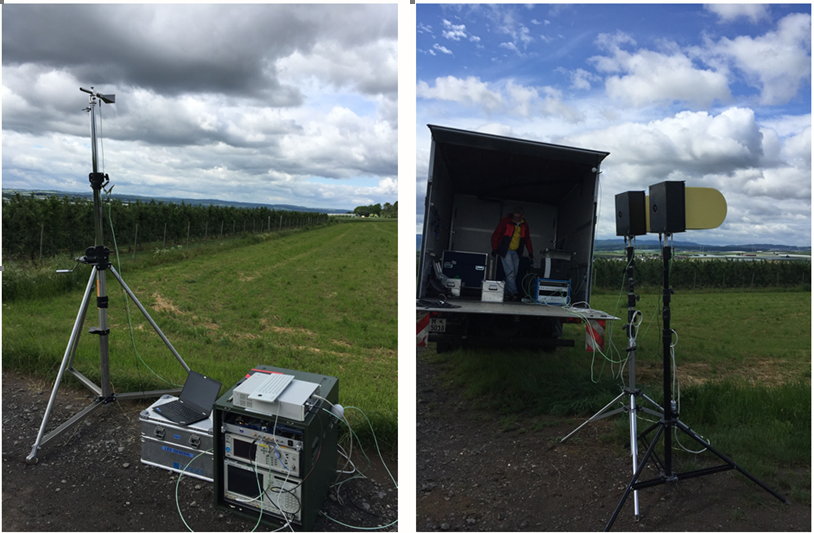Coastlines: Well protected
External borders need to be adequately protected – including those of the European Union. In the Roborder research project, a consortium is developing an integrated autonomous system that will help the EU secure its borders in the future. As part of the project, Fraunhofer FHR is to develop a passive radar which, when placed on drones, can increase the range of the coastal radar by up to 20 percent.

The European Union has a great interest in protecting its external borders against illegal immigration – for example at the Mediterranean Sea. How can this border protection be optimized? This question is being investigated in the Roborder EU consortium project by 26 partners from science and public institutions including Fraunhofer FHR. The development goal is an integrated autonomous system that includes flying, swimming, driving and diving drones as well as their mounted sensors.
Fraunhofer FHR is concentrating on the passive radar which is to be incorporated into both the flying and floating drones. While radar usually involves a transmitter on the radar unit emitting an electromagnetic signal and an antenna receiving the echo reflected by the objects, in passive radar, the unit itself does not transmit. Instead, it uses signals from other sources, such as radio or television signals. In the case of Roborder, the system uses signals generated by a network of coastal radars. This coastal radar network is operated by one of the project partners – Italian research institute Consorzio Nazionale Interuniversitario per le Telecomunicazioni (CNIT). Like the passive radar receivers on the drones, it operates in the X-band, i.e. at approximately ten gigahertz.
Increasing the range by up to 20 percent
But what is the need for the passive receivers on the drones if there is already coastal radar? Coastal radars are located on land, so they are relatively far away from vessels that are heading toward the coast – possibly without permission. The coastal radar emits its waves, which are reflected by the vessel and then have to travel all the way back to the on-land radar unit. However, the further they have to travel, the weaker the signals become. The drones, on the other hand, swim or fly back and forth two to three kilometers offshore at a time, parallel to the coastline. The distance that the reflected signals have to cover to reach the antenna is therefore far shorter for the drones than the distance to the antennas on land. According to theoretical calculations by Fraunhofer FHR, this extends the radar's range by up to 20 percent – while maintaining the same probability of detection. The practical demonstration is scheduled for spring 2021. It will be held jointly with the CNIT off the coast of the Italian province of Livorno.